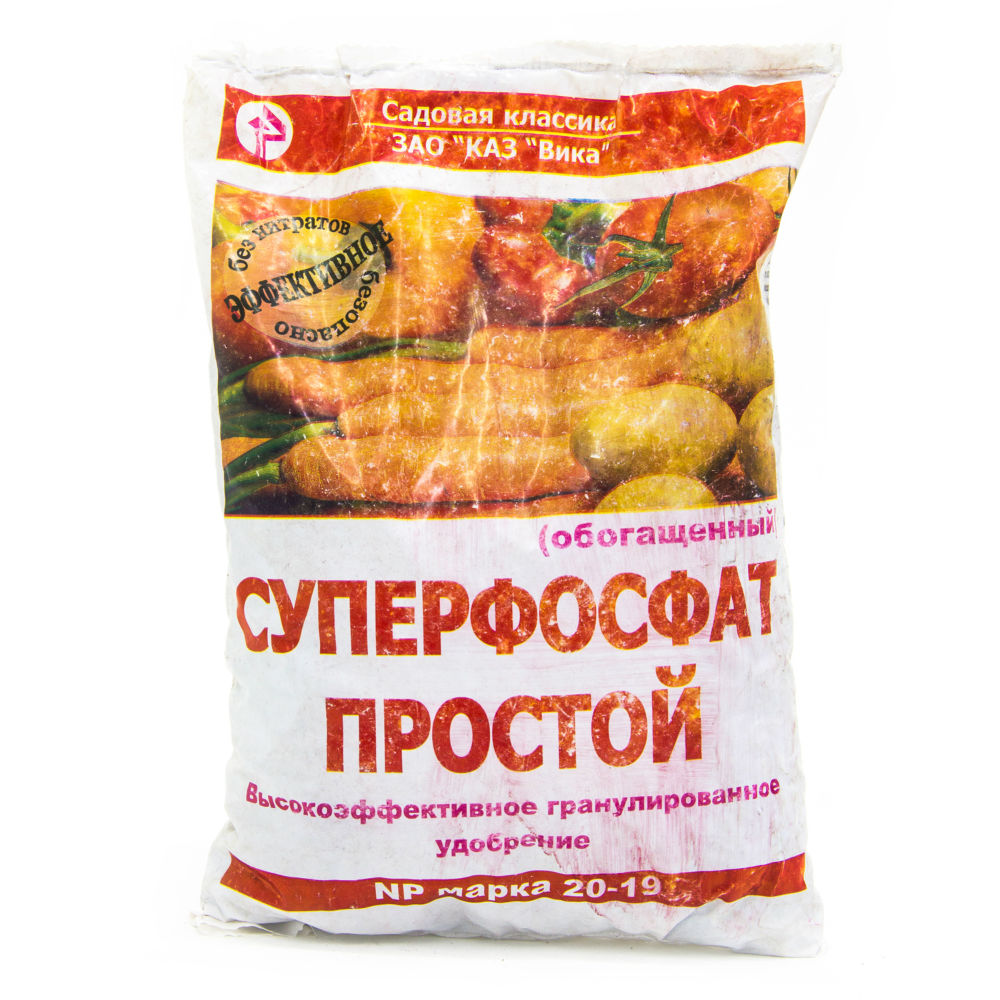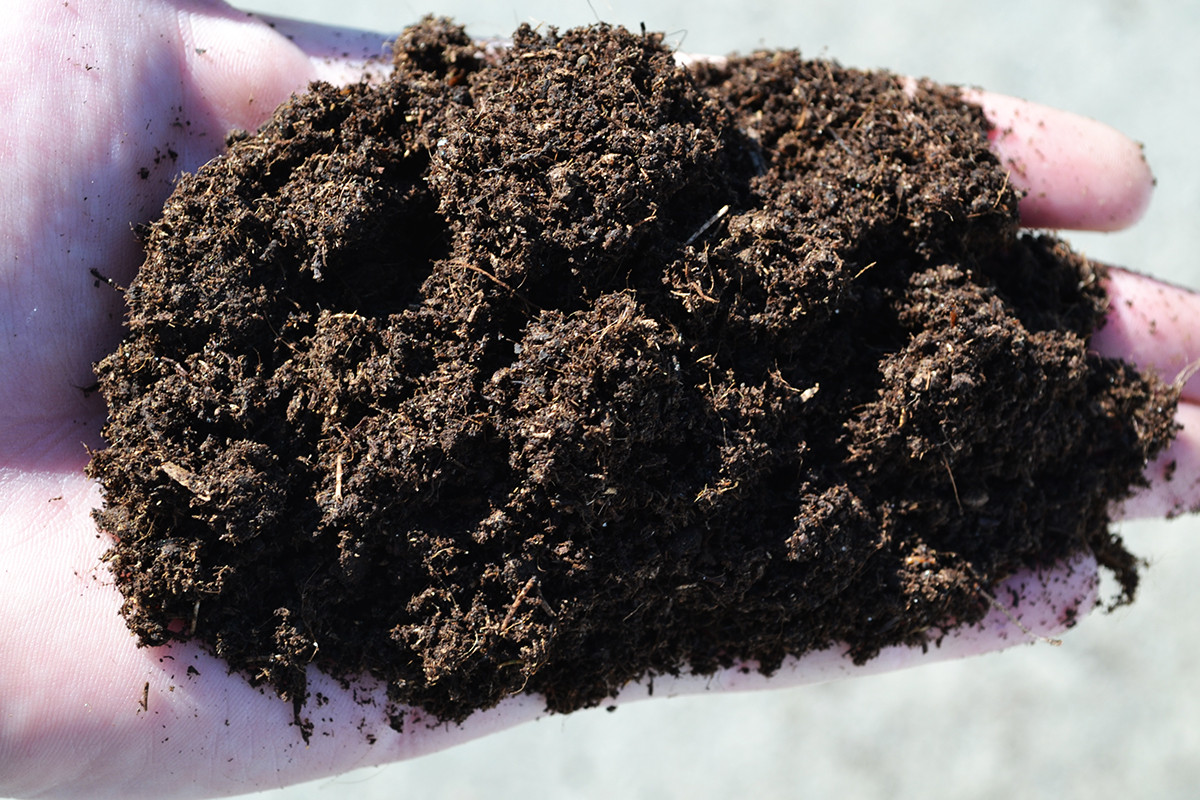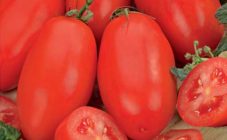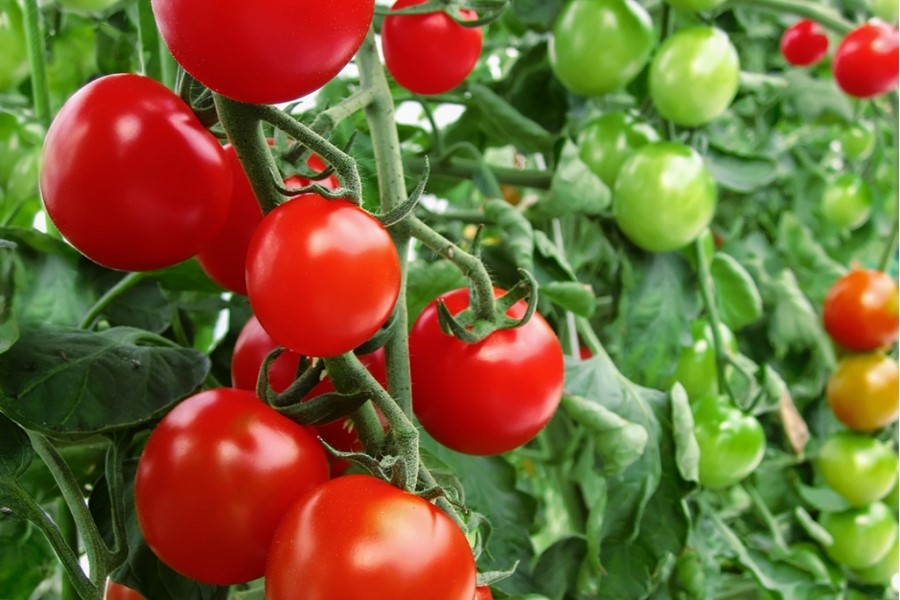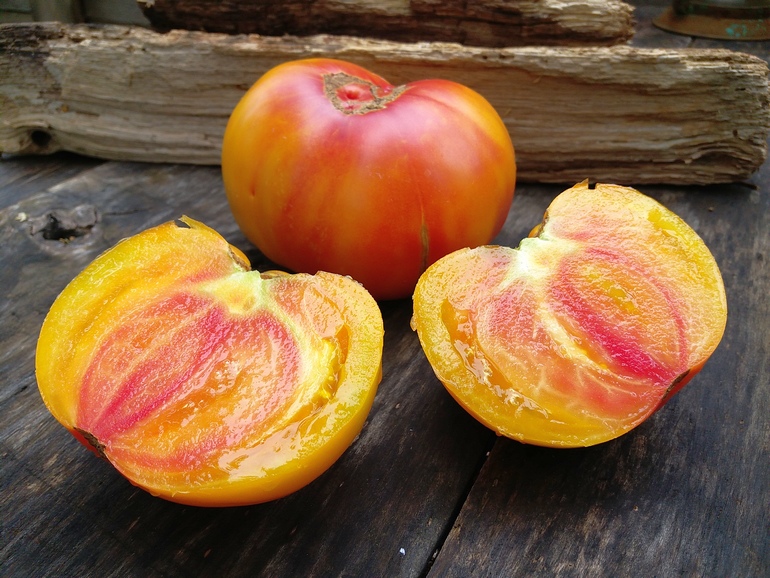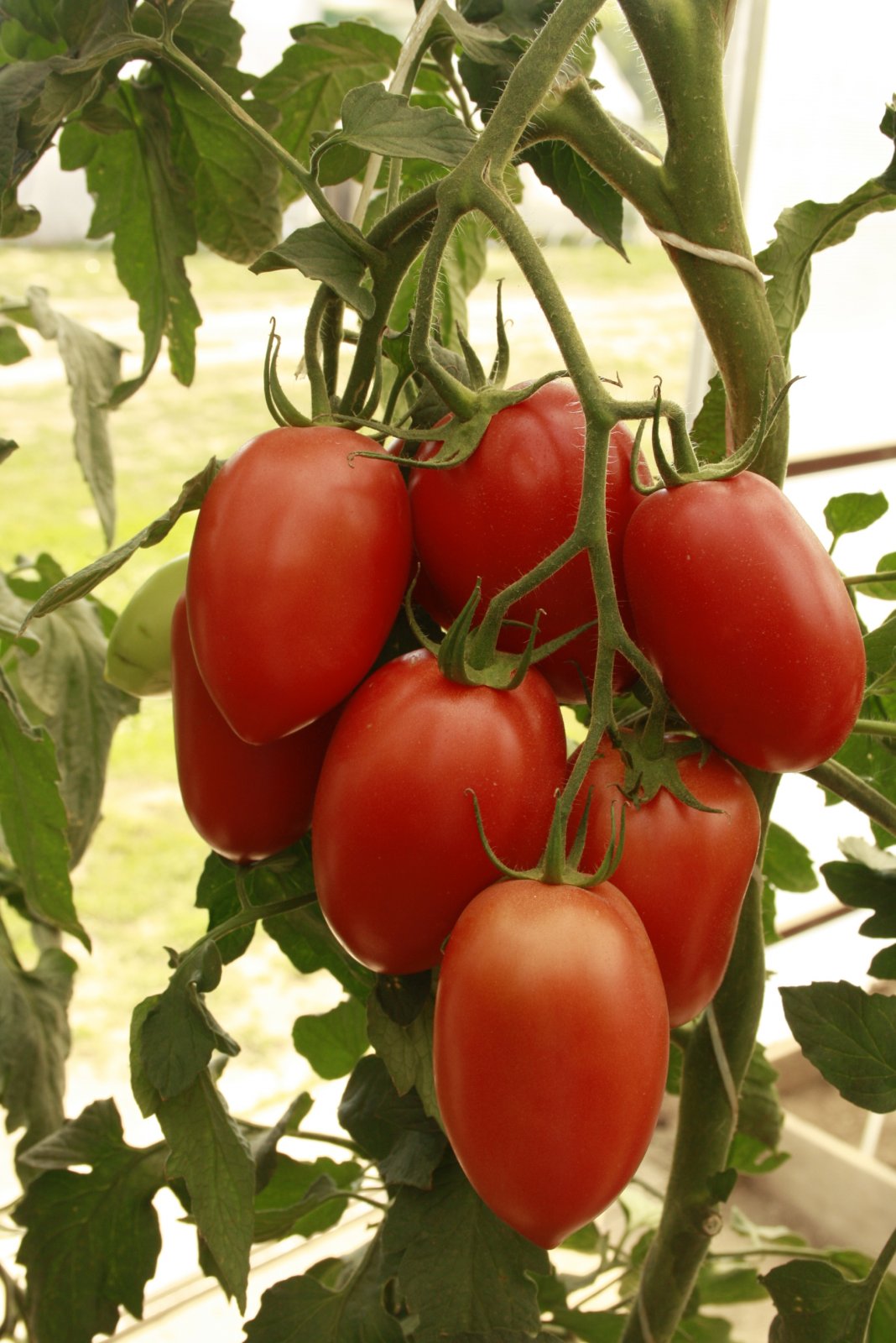Content:
Every amateur gardener has a cherished dream, which is to start growing a tomato variety that is not only very tasty, but also has an original shape, close to decorative. Of particular interest to most gardeners are tomatoes, which could be grown not only in the garden bed, but also within the apartment (on the balcony, for example). Tomato Thumbelina, familiar to few users, belongs to such crops, since it was bred by amateur breeders for these purposes.
Prehistory of appearance
This variety is intended exclusively for cultivation in home or greenhouse conditions, in which the fruits on the bush grow quite amicably and quickly (they can be harvested already somewhere in 3 months after the first shoots appear).
They are distinguished by a neat and pleasant-looking shape and not very large in size. The average weight of such a fruit, which resembles a cherry rather than a vegetable, usually does not exceed 17 grams (while in one brush, as a rule, they are tied about 13 pieces).
The tomato of this variety itself is very pleasant to the taste and can be consumed both naturally, fresh, and used as a seasoning for table dishes. In addition, the fruits of "Thumbelina" make excellent long shelf life snacks (pickles and marinades).
Description of the variety and its properties
Early ripe tomatoes Thumbelina were bred exclusively for cultivation in well-protected ground (under these conditions, the tomato bush grows to about 1.5-1.6 meters in height). The main characteristics of this variety are as follows:
- Approximately 91-96 days pass from the moment the seeds hatch to a good harvest;
- The fruits of this species are not very large (only 15-20 grams each), however, up to 10-14 ovaries can form in one brush;
- The shape of the tomato is round; while cherry tomato Thumbelina has a smooth and rather dense skin;
- Up to 4.5 kg of ripe fruits are removed from a unit of the planting area in the garden;
- The “Thumbelina” tomato considered in the review is quite suitable for salads, but can also be used for preservation purposes.
We add to this that this plant is pollinated independently, which is important when growing it at home on a balcony, for example. In addition, it has increased resistance to a number of garden diseases, in particular, to root rot and powdery mildew. And, finally, the Thumbelina tomatoes, the characteristics and description of the variety of which are considered in this part, differ in the synchronization of fruit ripening.
The peculiarities of this culture include its poor resistance to low temperatures. Since it does not tolerate the cold, its cultivation outside the home (in the garden) is possible only in greenhouse conditions, that is, in greenhouses.
The last remark does not apply to the case of growing this plant in greenhouses and greenhouses.
Agrotechnics of culture
Sowing seeds
For sowing tomato seedlings Thumbelina, the description of which has already been discussed earlier, a special soil mixture must be used. If necessary, it can be made independently, for which it is necessary to take in a certain proportion of garden soil, sand, humus and add mineral fertilizers to them.In order to disinfect the resulting composition, it is thoroughly calcined in the oven before use.
Immediately before sowing, the seeds of this culture are immersed in a manganese solution for about 3-4 minutes for disinfection, after which they are washed well and wrapped with a wet cloth for a couple of days. In a humid environment (any suitable cloth can be used instead of a cloth) they will gradually germinate.
All subsequent operations are as follows:
- As soon as the seeds begin to germinate in a humid environment (this is noticeable by the eruption of small sprouts), they can be planted in earthen soil;
- For this, a drainage layer is first set up at the bottom of pre-prepared containers or containers, and only then the previously formed soil environment is laid;
- After that, small grooves are made on a well-moistened earth surface (their depth should not exceed 1 cm);
- Then the seeds are carefully sown into these grooves at a distance of about 2 cm from one another, after which they are covered with a not very thick layer of soil;
- For fast and reliable germination, the container with seedlings is placed in a bright and warm place, the temperature in which is maintained at + 20-25˚ С.
In addition to this, the boxes are neatly covered with a transparent film on top and left until shoots appear, which usually cut through on the 5-6th day.
To obtain strong seedlings of this variety, it is allowed to additionally irradiate them with a phytolamp, for example.
Upon reaching the age, when 2-3 leaves appear in the seedlings, you can start picking them, followed by planting them in separate containers. You should not hesitate with this matter, because otherwise dense roots will form, and when planting, serious problems with their separation may arise.
Care rules
After transplanting tomato seedlings in separate containers, it is advisable to place them in a well-shaded place for 2-3 days. After this time, they are brought out into the light, and after 7-10 days you can begin to “harden” the sprouts (accustom them to fresh air).
The first feeding of this plant is done approximately 10 days after planting the shoots in separate boxes. To do this, you can use proprietary nutritional formulas or prepare them yourself. You need to take 12 grams of potassium sulfate, 35 grams of superphosphate and 4 grams of urea, and then dissolve them in 10 liters of water.
It is recommended to start subsequent watering procedures when the top layer of the earth dries up a little; at the same time, the formation of significant accumulations of water on its surface is not allowed.
Also, pay attention to the fact that tomato sprouts can stretch out a lot and grow even before they are transferred to the greenhouse. In this case, it is recommended to organize their repeated transplantation into a more spacious container.
Diseases of culture
You can start planting seedlings in a greenhouse already at the beginning of May (about 40-50 days after the first seedlings are hatched). In this case, the soil in the garden greenhouse is prepared for planting in advance.
When digging in autumn, humus or compost is added to the ground, brought in at the rate of 4-6 kilos per unit area. This is especially important in a situation where tomatoes grow in one place for several seasons in a row.
Within the greenhouse garden, the bushes of this variety are planted at a distance of about 60-70 cm from one another.Do not forget about reliable support for tomato stems and be sure to tie them up by the time the seedlings reach a height of about 30 cm.
A good yield can be obtained if, during the formation of bushes, they are divided into 2-3 stems. In this case, their height can reach about 1.5 meters. Caring for them consists in regularly tying up, removing unnecessary stepchildren, as well as thoroughly loosening the soil. To prevent the soil from drying out, it must be mulched. Peat or humus and organic fertilizers are applied under the bushes as nutrient mixtures during flowering and ovary periods.
As for the diseases of these tomatoes, then, according to the reviews of many summer residents who deal with them, they are distinguished by increased resistance to most garden diseases. The only thing that needs to be carefully monitored when growing them is cracking of the fruits, to prevent which it is necessary to regularly loosen the ground, and also carefully monitor the irrigation processes.
Advantages and disadvantages
The advantages of the "Thumbelina" variety include:
- Ease of plant care and its self-pollination;
- A small root system that allows it to be grown in standard pots;
- Resistant to most of the known diseases;
- Fast ripening of fruits, providing a good harvest during the entire period of their growth.
In addition, the attractive fruits of this culture keep up surprisingly synchronously, which greatly simplifies the collection of ripe tomatoes, often harvested with whole brushes.
The disadvantages of this subspecies include the need to maintain a certain temperature regime, which can only be achieved in closed ground conditions.
Summing up all that has been said, we note that decorative tomatoes of the "Thumbelina" variety are able to decorate any country table, as well as to replenish stocks of canned vegetables for a long time. The ease of caring for this crop allows you to easily grow several bushes in small greenhouses at once.

